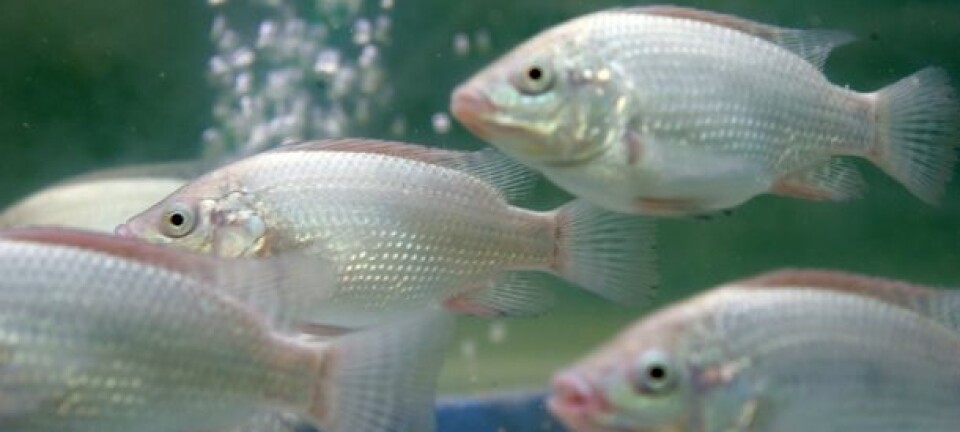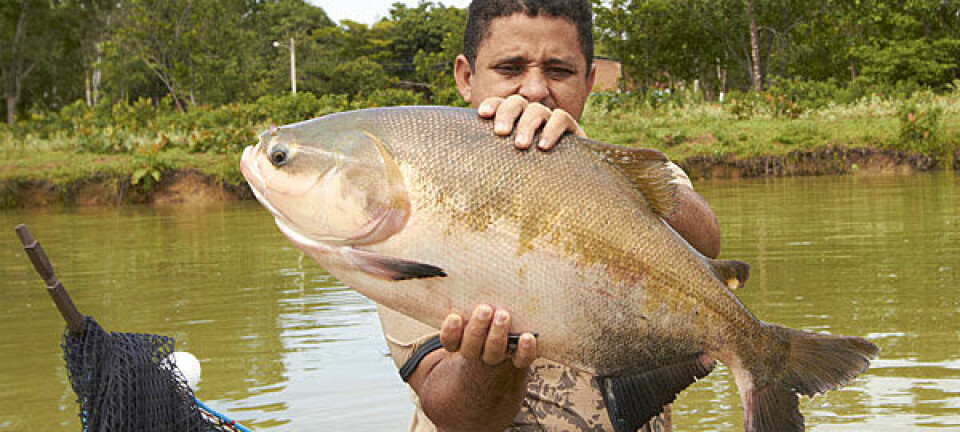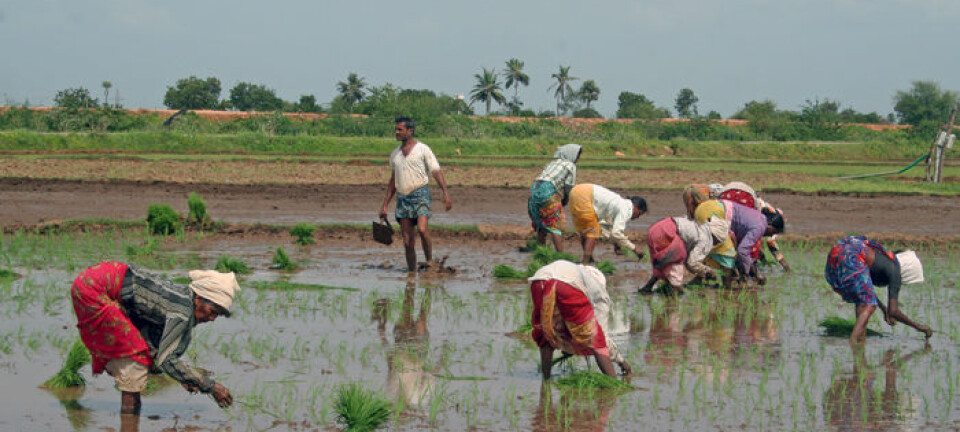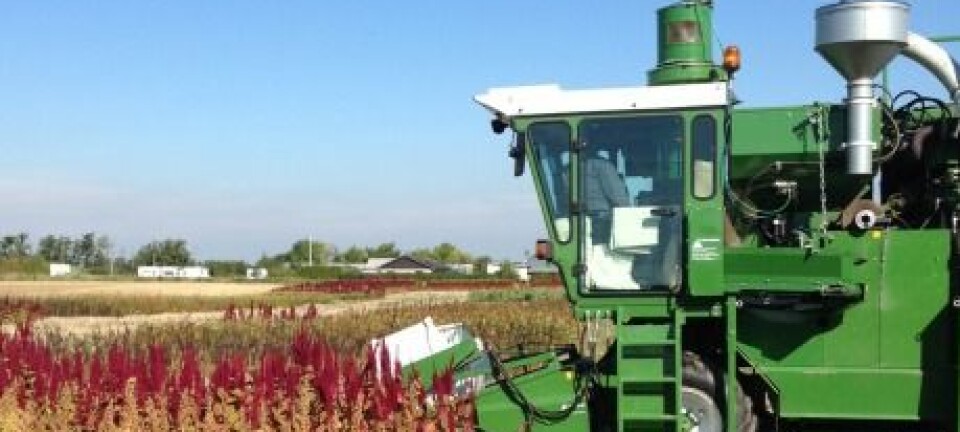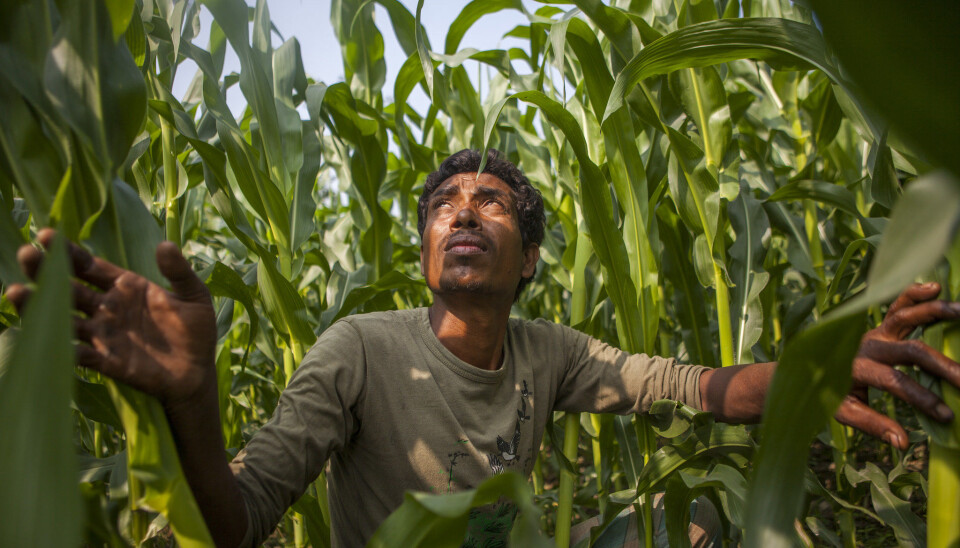
Can developing countries leapfrog the West to a new food security reality?
Yes, but it will take a digital revolution.
There are some mega-challenges ahead for food systems, particularly in developing countries where almost a 800 milion people go hungry and where climate change poses a major threat to food production.
On top of that, the global community has some very ambitious goals to eliminate hunger by 2030 according to the UN sustainable development goals, while limiting global warming to just two degrees centigrade and preferably less.
But while we in the west grapple with these issues, could developing countries jump or leapfrog us all to achieve food security in their own right?
After decades of researching food production systems and initiatives throughout Africa, I think they just might.

But before jumping into the “how,” lets clarify that culture and context are going to be extremely important.
Read More: Social innovations may hold the key to future food security
The challenges we face are substantial
The agricultural sector is likely to be hit hardest by climate change, given that farming depends on the weather.
It also has some of the most negative impacts on our environment.
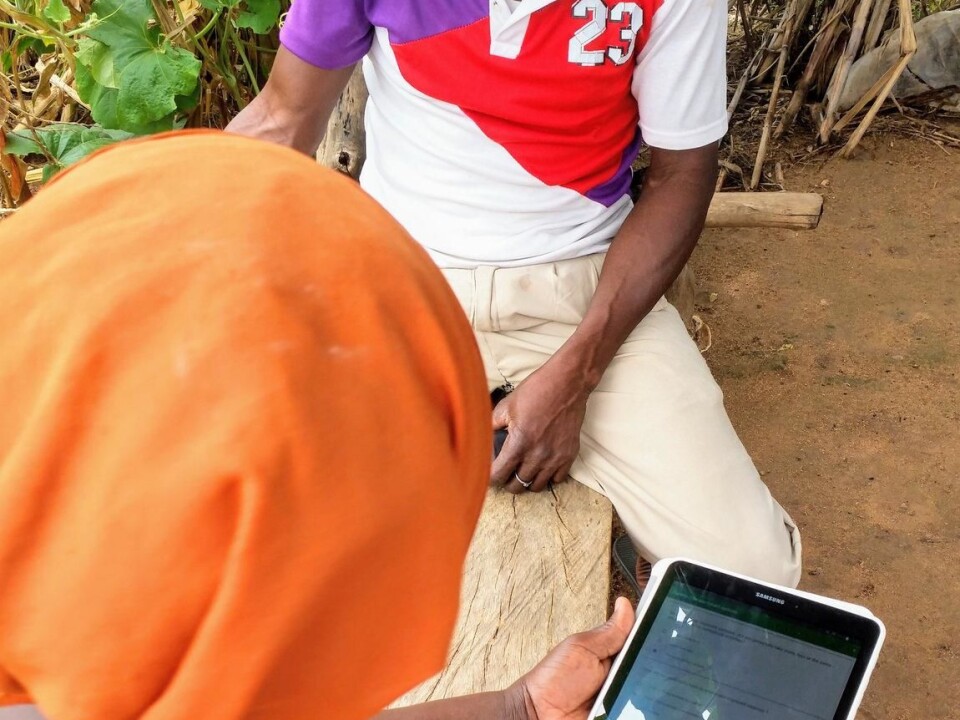
For example, farming accounts for almost 30 per cent of the globe’s greenhouse gas emissions either directly (for example, rice production has the same emission levels as the global aviation industry) or indirectly through deforestation. Agricultural expansion is the major cause of deforestation, which leads to the carbon dioxide locked up in forests and forest soils being released into the atmosphere.
It also accounts for 70 per cent of the global freshwater use, and pollutes our waterways with a number of chemicals such as nitrogen from fertilisers.
Read More: Developing climate-smart agriculture
Culture and context matter
At the global level, over- and high consumption of meat is a challenge as livestock production has a huge negative impact on global change. How many times are we told to eat less meat to help address the challenge of climate change?
Food security exists when all people, at all times, have physical, social and economic access to sufficient, safe and nutritious food that meets their dietary needs and food preferences for an active and healthy life.
But for some communities meat is a rare commodity while for others, livestock production may be their only source of livelihood. Thus “eating less meat” may be highly appropriate in some parts of the world, but inappropriate in others.
Solutions will be different for different countries and perhaps even for different farmers in the same district, for example a farmer having access to good soil versus one without such access, or the challenges faced by a male farmer versus a female farmer.
So how do we solve food security while tackling these big environmental challenges, you might ask?
Read More: Project aims to help Indian farmers cope with extreme weather
Kenya leads the way
Achieving this within the next decade will require some ambitious actions. And we will really have to speed up change and development to reach the 500 million smallholder farmers throughout the developing world with new ways of producing food in the face of climate change. We’re talking about the need for a digital revolution.
This is not a dream! Kenya has already shown the way with a mobile banking initiative that was launched in 2007.
After just one year they had a million customers, and they now have 30 million, allowing farmers in remote rural areas to bank online and access credit and insurance.
Most of them had never had a bank account before, because banks are located in the urban centres not the countryside. Here is a case of leapfrogging, from no banks to digital banking, without the intermediate step of opening a bank account in a physical bank.
Read More: Ancient crops are the future for our dinner plate
The digital revolution: What needs to happen
One big challenge for farmers in developing countries is a lack of information. Farmers everywhere use so-called extension services, which include the transfer of advice, knowledge, and information to farmers. However, in many developing countries, such systems are weak. For example, a study in Ghana showed only 11 to 12 per cent of male-headed households had access to extension agent visits, and only 0 to 2 per cent of female-headed households!
Farmers need weather forecasts so they know what to plant and when. They need financial credit and insurance that gives them confidence to invest in new technologies. And inputs such as seeds and fertilisers need to be available locally.
It is possible that within a decade all farmers will have access to smart phones, allowing them to send and receive such information: To receive timely weather forecasts to plant at the right time, for suppliers to bring in the right seeds at the right time to cope with drought or rains, and for farmers to deal with credit and insurance companies via their phones.
Read More: We have bred "selfish" plants for thousands of years
New models of insurance for crops and livestock
Kenya has also demonstrated what is possible when new models of insurance are introduced.
In a scheme launched by Syngenta Foundation in 2009 called Kilimo Salama ("safe farming") farmers can buy insurance on their phone when they purchase their seeds and fertilisers, or take out loans. By the end of 2013, Kilimo Salama insured 187,000 farmers in three countries.
It is index insurance, meaning that farmers get a pay out as soon as the index goes past a certain threshold. For example, if rainfall drops below a certain amount beyond which maize production fails, then farmers receive a pay out automatically to their mobile phone accounts.
This simple change replaces the traditional insurance, which required insurance agents to visit farms to assess damage and farmers having to travel to cities to visit banks and insurance offices - an important change when you live in remote, rural locations.
Read More: Helping refugee children to read — with a computer game
The revolution will be televised
Perhaps a more surprising avenue for change in farming systems is reality TV.
Reality TV has become a part of daily life in all countries, and once again, Kenya has shown what is possible with a popular farm-makeover program – Shamba Shape-Up.
Each week a different farm is made over using new technologies and practices—a sort of ‘Ramsay’s Kitchen Nightmares’ for farmers. But as David Campbell, creator of Shamba Shape Up stated: “In Kenya, we don’t watch TV just to see some poor guy getting yelled at. Culturally, we’re just more polite.”
Instead, the program provides useful information for farmers and is now one of the most popular programs in East Africa with more than five million viewers in Kenya—more than half of them in rural areas.
A study showed that nearly half of the viewers have made some change on their farm because of the program. The program is also interactive with viewers able to ask questions via SMS messages or request some of the printed material the TV producers make available, such as brochures on better ways of cropping or raising livestock.
Read More: Tomorrow’s fish farms will be unmanned
Enough with incremental change, it’s time to leap
With all these super-modern approaches to interacting with farmers, I believe rapid change is possible to increase productivity and make farms more resilient to climate change, while avoiding the environmental problems experienced in the West. For example, using the right amount of fertiliser in the right places so that it reaches the plants themselves and not the wider environment.
But more could be done, and there are many incipient schemes being trialled.
Crowdsourcing of pest outbreak information through mobile platforms, in the same way Google may collect information, can reduce pesticide use through timely and precise application to limit the spread of disease.
And drones can collect information on production levels so that buyers know when and where to send their trucks to collect produce. Meanwhile, farmers will be able to access prices on their phones so they know where to sell and are better able to negotiate fair prices.
While the challenges are indeed immense, technological change, especially related to digital connectivity, leave me optimistic that our food and climate challenges can and will be tackled.
Bruce Campbell discusses his research at the University of Copenhagen, Denmark, Sustainability Lecture Series, 2017. (Video: University of Copenhagen)
---------------
Read this article in Danish at ForskerZonen, part of Videnskab.dk.
